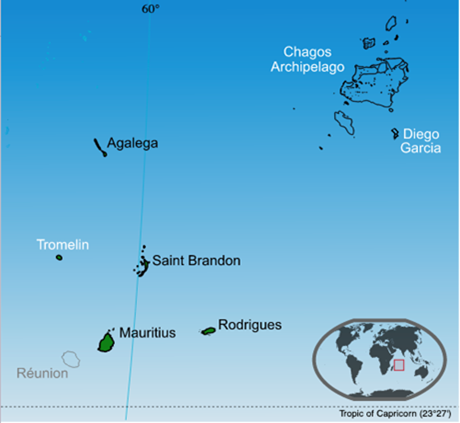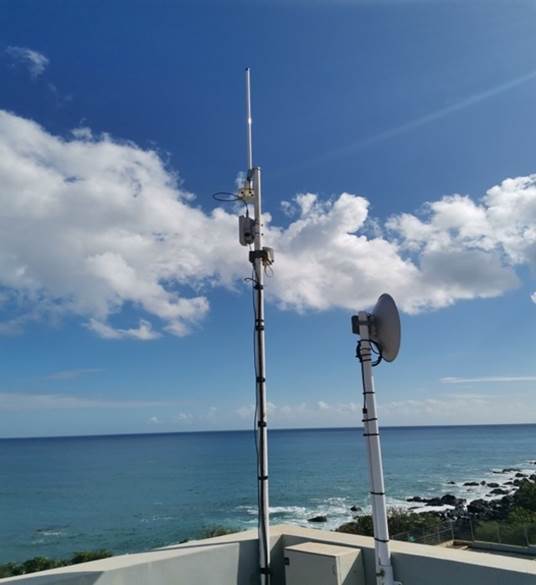Their Internet of Things keeps African economy clean and green
Two French Internetworkers of Things (IoTs) are helping to clean up the island of Mauritius after the worst environmental disaster in its history threatened to devastate the economy of the African state.
Water analysis specialist Aqualabo and machine to machine networker Kerlink are leading the clean up after an incident that the Institute for Security Studies (ISS) calls “one of Mauritius’s worst environmental catastrophes [with a] devastating impact that’s expected to last for decades.”
On July 25, 2020, a Japanese bulk carrier called MW Wakashio ran aground on a coral reef southeast of Mauritius, near Pointe d’Esny, a wildlife sanctuary in the India Ocean. It released more than 1,000 tons of fuel oil into the crystal-clear waters of the island and formed an oil spill on the coast of the archipelago.
The spill will seriously impede the recovery of a Mauritian economy highly dependent on coastal tourism and already battered by COVID-19 travel restrictions, said ISS: “Mauritius and other African states need to promptly review their contingency strategies and response capacities so we can start positing immediate lessons to be learnt.”
The Aqualabo-Kerlink partners were summoned by the Mauritian government as part of its Blue Resilience programme, which appealed for innovative proposals to manage the island’s Blue Economy and its resources.
The proof-of-concept presented by the French ‘digital twins’ laid the foundation for setting up an island-wide IoT that set up instant online monitoring systems for seawater quality, as outlined in the Mauritian government’s request for an IoT-based Lagoon Water Quality Index (LWQI). This would, in turn, promote the maintenance of clean beaches, by ranking their water quality.
The first site of the pilot project was installed in October 2021 in Pointe aux Feuilles on the east coast of the island and a second pilot site is imminent on Albion on the west coast. The pilot monitoring installation uses several stand-alone communicating modules from Aqualabo’s AquaMod range of digital sensors. These can form a self-governing system consisting of a stand-alone long range low power wide area network (LoRaWAN) that comprises many wireless, waterproof modules with antennae.
The dissolved oxygen and temperature of the azure Mauritian coastal water is measured using Optod Titanium for example. Turbidity is monitored with an NTU sensor, the sea’s conductivity and salinity is checked using a device called a C4E. Down in the coral reefs another type of sensor is used for oxygen and turbidity measurement, with the Hydroclean device being more sited to the environment, where the Pheht sensor measures pH and the Ehan sensor gauges redox potential.
The system transfers continuous seawater data over a private IoT network by Kerlink’s industrial grade Wirnet iStation outdoor gateways. Data then transfers to a private IoT platform in the government’s datacentre. The critical seawater parameters outlined above are displayed in the form of a dynamic graph/timeline that highlights the targeted levels and critical thresholds that the government specialists’ need to act on.

“The integration was simple and quick with a private LoRa Network Server,” said Aqualabo CMO Severine Goulette. Benjamin Maury, Kerlink’s head of international partnerships said that collaborating with Aqualabo will help preserve Mauritius’s pristine setting and protect the environment.
The monitoring system was designed and installed by Digital Twin Services (DTS), a Mauritian technology solutions provider specialised in Industry 4.0 systems.



